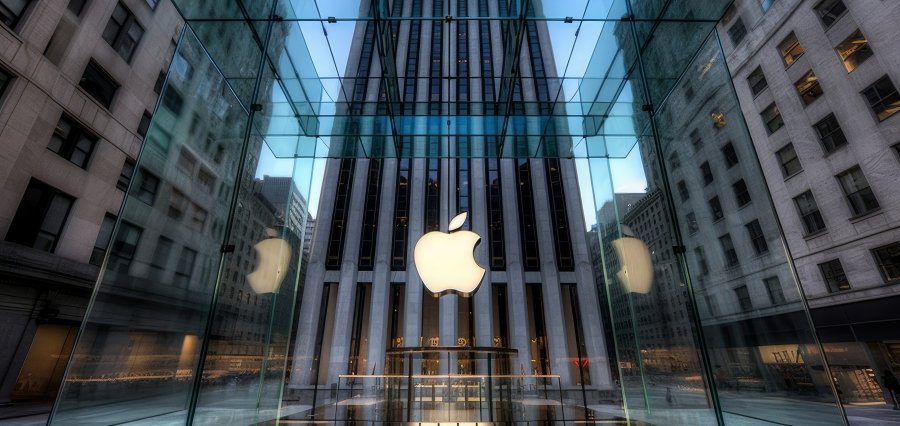Prime Highlights:
- Apple is shipping the majority of iPhones retailed in the U.S. from India in order to reduce reliance on Chinese manufacturing.
- The shift is meant to reduce the effects of tariffs and improve India relations as U.S.-China relationships tighten.
Key Facts:
- During Q2 2025, Apple’s revenues were $95.36 billion, out of which the sales of iPhones accounted for $46.84 billion.
- Another $900 million in U.S. tariffs costs are expected by the company from Chinese imports.
Key Background
Apple’s plan to produce the majority of iPhones in the U.S. from India is a global supply chain realignment. This follows increased trade tensions between the U.S. and China and economic imposition of tariffs on Chinese imports. Apple.CEO Tim Cook described how the company will make most of its U.S. iPhones in India as a means of offsetting the estimated $900 million added expense of U.S. tariffs on Chinese imports. The change is likely to be part of a larger plan to diversify Apple’s production and move away from China.
India has turned into one of Apple’s hub countries in its new supply chain strategy. In addition to Foxconn, Pegatron, and Tata Electronics, already manufacturing iPhones in India, the acquisition of Wistron’s Karnataka plant by Tata Group also further entrenched India on Apple’s global production map. The realignment also helps Apple in negotiating regulatory complexity along with leveraging India’s enhanced manufacturing capabilities based on the Indian government’s efforts to have higher local production.
Apple’s Q2 2025 top line grew 5.1% to $95.36 billion, driven primarily by iPhone sales. Although Apple will surely be harmed by tariffs, its early supply chain diversification moves—shifting iPhone manufacturing to India and other products like Macs and AirPods to Vietnam—should temper these expenses. By diversifying its production to more strategically diversified locations, Apple aims to minimize vulnerabilities based on uncertainty in international trade as well as its capacity to remain competitive in the technology industry.
Read More: Samsung Plans Early Galaxy S26 Launch with Next Gen Snapdragon




